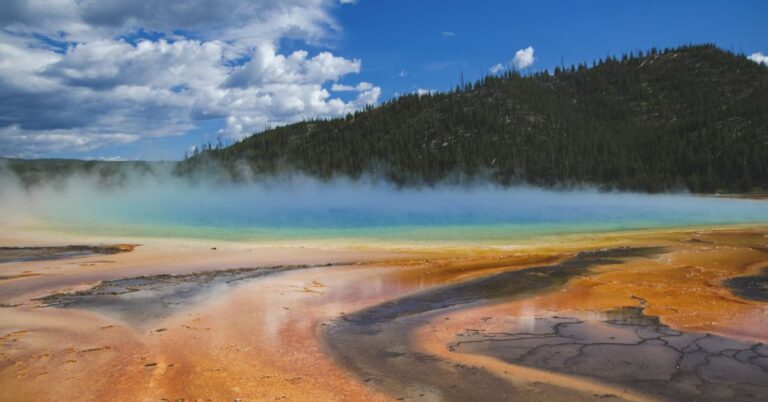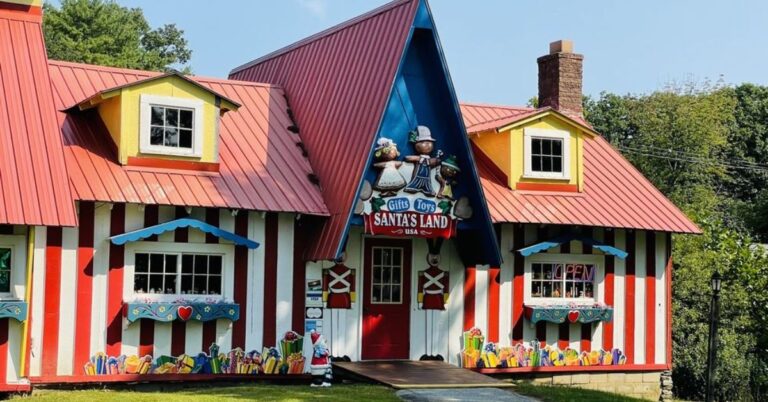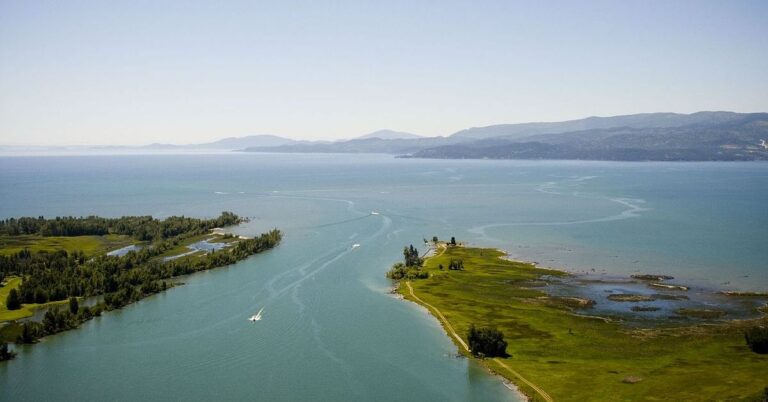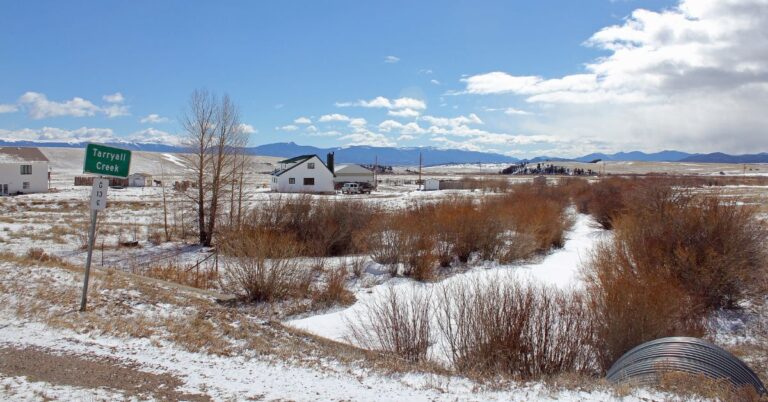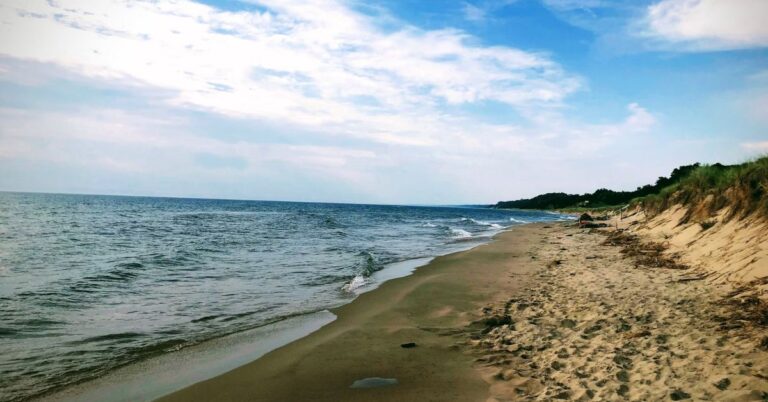Tracing The Remains Of The Old Plank Road

A bold experiment in early automotive travel, the Old Plank Road remains one of America’s most unusual engineering feats. Stretching across the shifting sands of California’s desert, it captures the spirit of innovation that defined a transformative era in transportation history. Here are 20 facts that bring its legacy to life.
Birth Of The Plank Road

Built in 1915, the Old Plank Road connected Yuma, Arizona, to San Diego, California, opening vital desert trade routes. Funded by the Imperial County along with private fundraising, it was completed in just two months. Remarkably, the entire project was built on the soft sand without the aid of modern tools.
Wooden Panels In The Sand
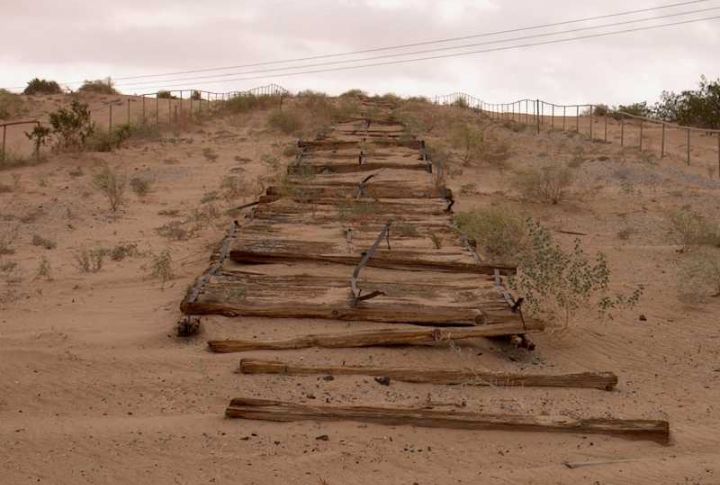
The road was built from 8-foot-wide, 12-foot-long wooden planks, prefabricated into sections and bolted together. Laid directly on sand without a foundation, it was vulnerable to the shifting dunes, which often buried parts of the road. Despite the instability, it enabled early travel across the treacherous terrain.
A One-Way Path Through The Dunes
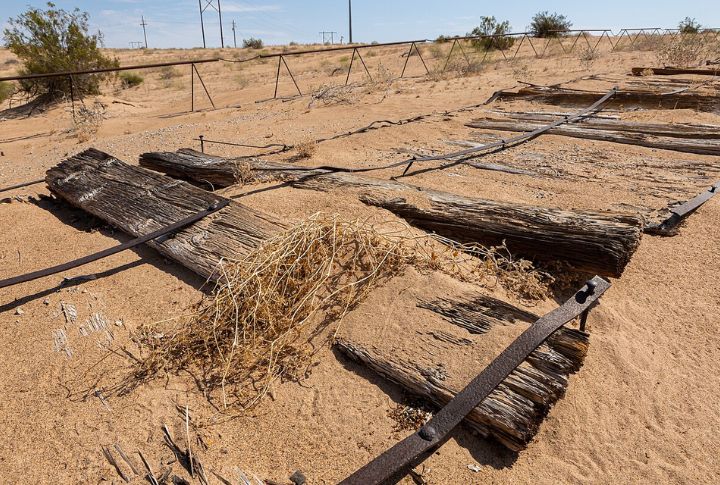
The original Old Plank Road was only wide enough for a single vehicle, which made travel difficult. To ease passage, turnouts were added every 1,000 feet, allowing cars to pull aside. Still, drivers often had to reverse long distances to yield, requiring constant communication, patience, and cooperation to proceed safely.
Early Motorists Risked Getting Stuck

Travelers on the early Plank Road faced numerous challenges. Wind-driven sand routinely buried the route, requiring maintenance crews to clear it several times a week. The wooden planks, weathered by time and usage, frequently splintered under strain. Combined with the road’s terrain, these issues made travel a slow, arduous task.
Maintained By Mule Teams
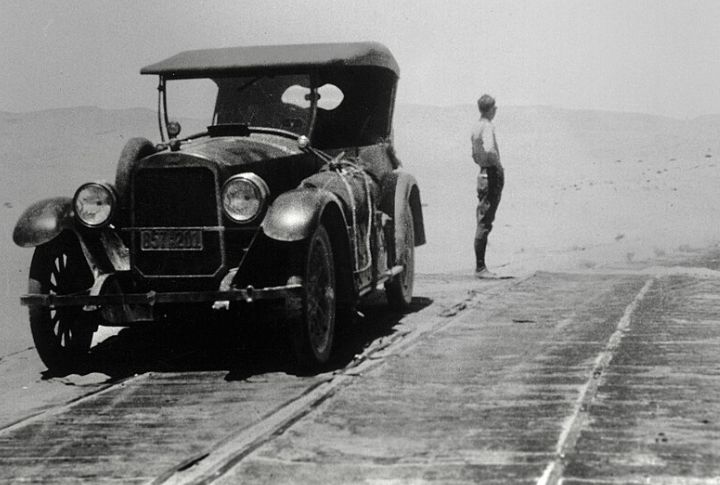
To keep the road clear, maintenance crews used mule-drawn graders and scrapers to remove drifting sand from the planks. Road crews regularly repositioned buried sections, working constantly to restore the route. These efforts were repeated daily as teams battled the relentless wind and sand that threatened to erase their work.
A Lifeline For The Southwest
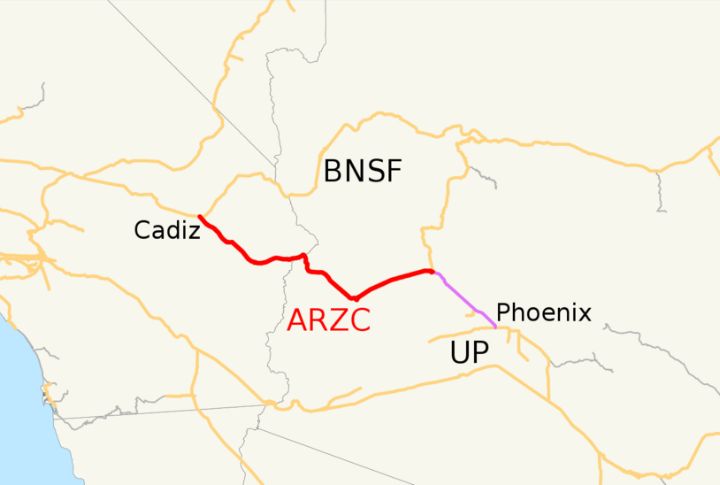
The Plank Road provided a vital link between Arizona and California, serving as the only practical desert crossing for years. It dramatically reduced travel time across the dunes and became essential for trade and military convoys. This wooden route reshaped transportation by opening the dryland to reliable passage.
Replaced By Asphalt In 1926

In 1926, the dusty Plank Road through the Imperial Dunes gave way to a modern paved highway. Travelers now moved swiftly along the new U.S. Route 80, leaving behind the creaky wooden path. Some planks were rescued, but many were abandoned, left to crumble under the harsh desert sun.
Restored Stretch Near Felicity

Near Felicity, California, preserved sections of the historic Plank Road offer a glimpse into early 20th-century travel. A 1,500-foot stretch was restored in the 1970s, where weathered wood still bears the grooves of early automobile tires. The original bolts and metal brackets remain, echoing the engineering of the past.
Viewpoints Along Interstate 8
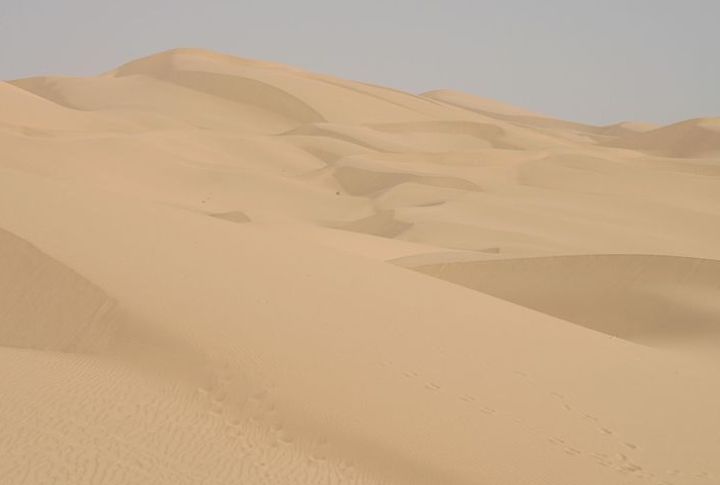
Remnants of this historic road that run parallel to Interstate 8 are best viewed near the Imperial Sand Dunes Recreation Area. Though easy to miss without prior knowledge, designated lookouts and informative signage help direct visitors. These preserved segments offer a glimpse into early desert travel and California’s transportation history.
Design Based On Horse Carriage Roads
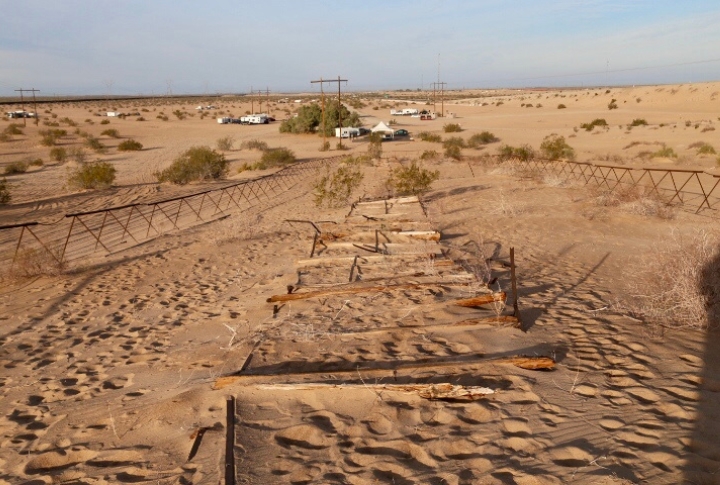
Designed after 19th-century horse carriage roads, plank roads were an innovative solution for early automobiles, especially in arid regions. They reflected a time when transportation methods, initially designed for horse-drawn carriages, were reimagined for early motor vehicles. This transition played a fundamental role in the development of modern travel routes.
Constructed With Lumber
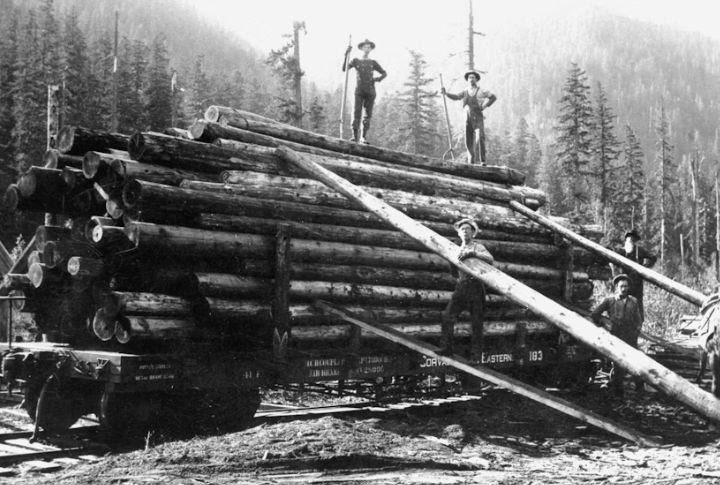
All the wooden planks used to build the road were shipped from San Diego to the Imperial Valley—an impressive logistical feat in 1915. Transported by train and wagon across rugged terrain, the materials underscore the regional collaboration and determination required to construct a functioning highway in the unforgiving desert.
A Marvel Of Volunteer Spirit
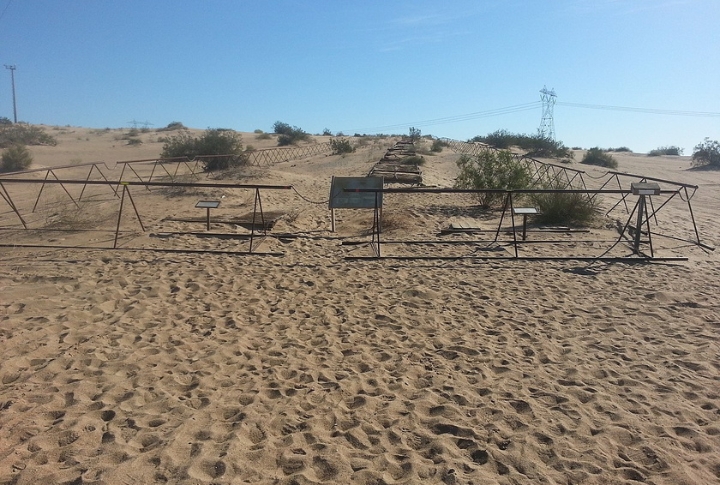
Civic groups and chambers of commerce rallied behind the project, promoting it as a catalyst for tourism and economic growth. What began as a local initiative soon became a symbol of progress, showcasing innovation and determination. Its unique appeal and community story turned it into a must-see tourist attraction.
Tested By The Army
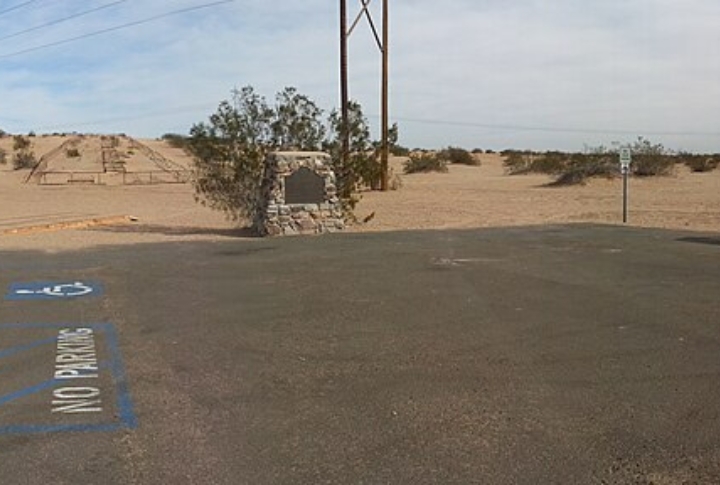
The U.S. Army used the road during training exercises, prompting maintenance upgrades driven by military interest. These improvements helped demonstrate its viability, effectively serving as a proof of concept. They also laid the groundwork for future military highway planning and highlighted the strategic importance of infrastructure in remote environments.
Heat Warped The Wood
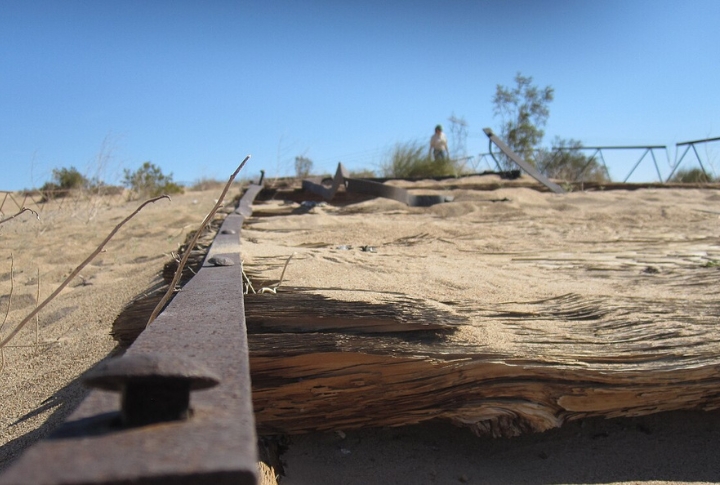
During the summer, temperatures frequently soared above 95 degrees Fahrenheit, causing the wooden boards to expand and curl from intense heat. This made road conditions unstable, forcing vehicles to slow down. Constant stress on the surface led to frequent breaks that required ongoing repairs to keep the panels safe and functional.
A Tourist Attraction By The 1930s
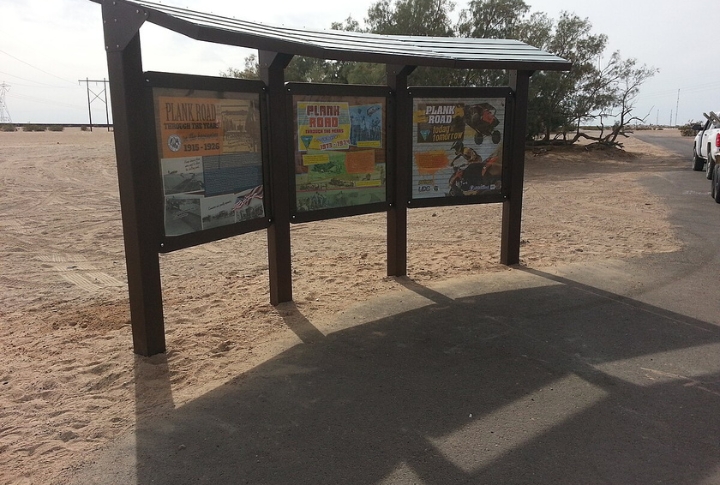
In the initial days of desert travel, the Plank Road drew curious visitors who marveled at its sun-bleached planks. Postcards captured its rugged charm, and by the 1930s, it was celebrated as a relic of early motoring. Some segments were even stolen, taken as souvenirs of a fading past.
Used In Desert Races
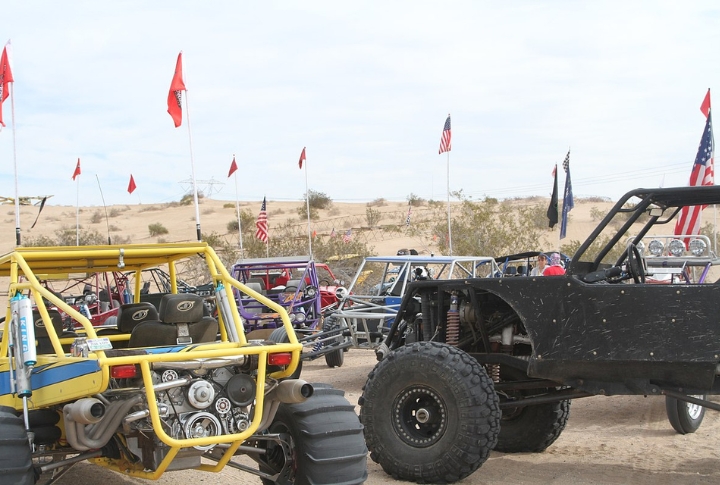
Auto clubs regularly held time trials on the wooden planks, drawing both thrill-seekers and motor enthusiasts. The narrow, rattling surface made even modest speeds feel dangerous. Every bump was amplified by the boards beneath the tires, turning each race into a nerve-wracking test of skill and nerve.
One Of America’s Only Wooden Highways
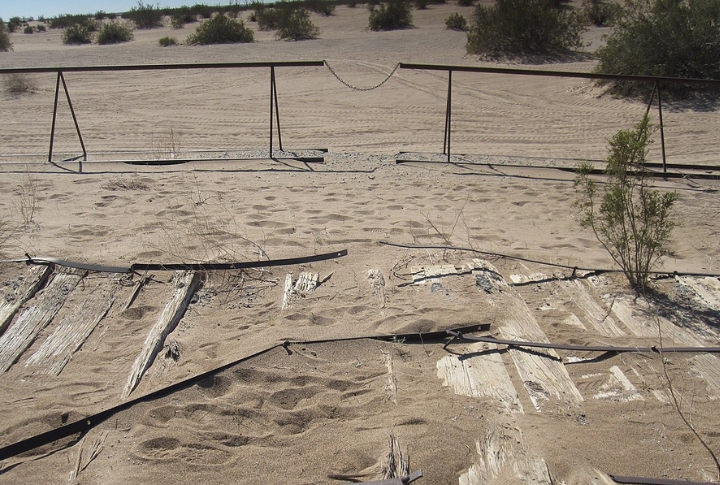
Few other states attempted wood roads on such a grand scale, making the Old Plank Road a unique adaptation to the harsh terrain. It symbolized the frontier’s spirit of ingenuity and bold experimentation, serving as a testament to innovation in extreme environments.
Featured In 1920s Newsreels
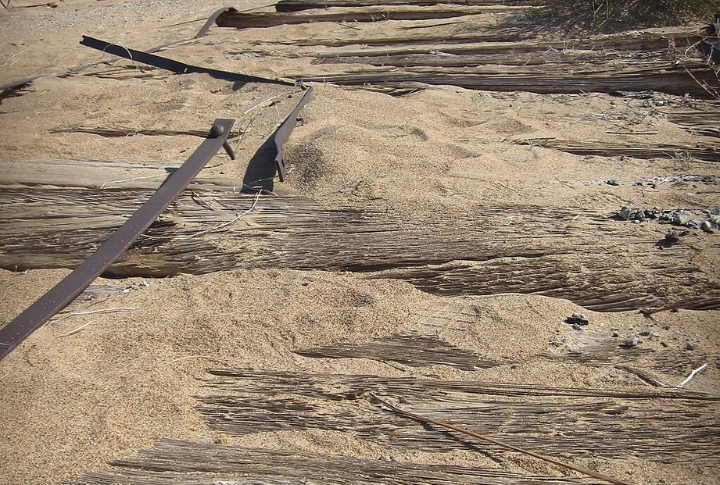
Often featured in promotional films showcasing California’s progress, this iconic road, dubbed “The Wooden Ribbon Across the Dunes” by the media, helped romanticize desert travel. Archival footage still preserved today shows vehicles crossing the planks, highlighting the road’s unique charm and its role in shaping people’s fascination with the desert.
Preserved By Local Historians
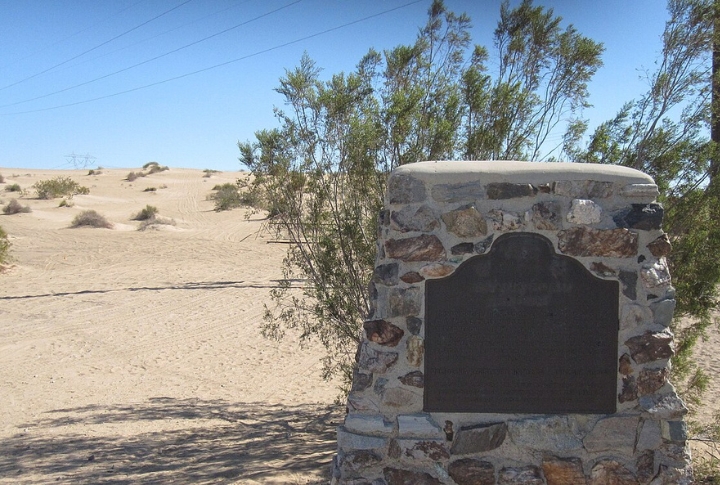
In 1974, historical markers were installed to honor the Imperial Valley pioneers who fought to preserve key sections of the region. The county collaborated with Caltrans on restoration efforts, supported in part by tourism grants. These initiatives reflect a lasting commitment to preserving the area’s rich heritage and pioneering spirit.
Exhibit At Plank Road Monument Site
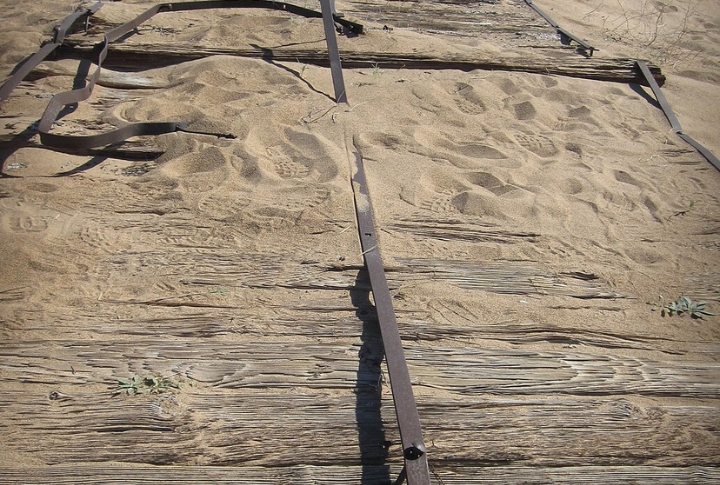
The Plank Road Monument Site, situated off Grays Well Road near Interstate 8, showcases original road segments and informative signs that explain the road’s construction and eventual decline. Still drawing history enthusiasts and RV travelers, the site offers a tangible glimpse into the evolution of transportation and regional heritage.

